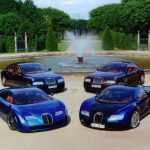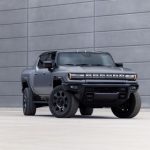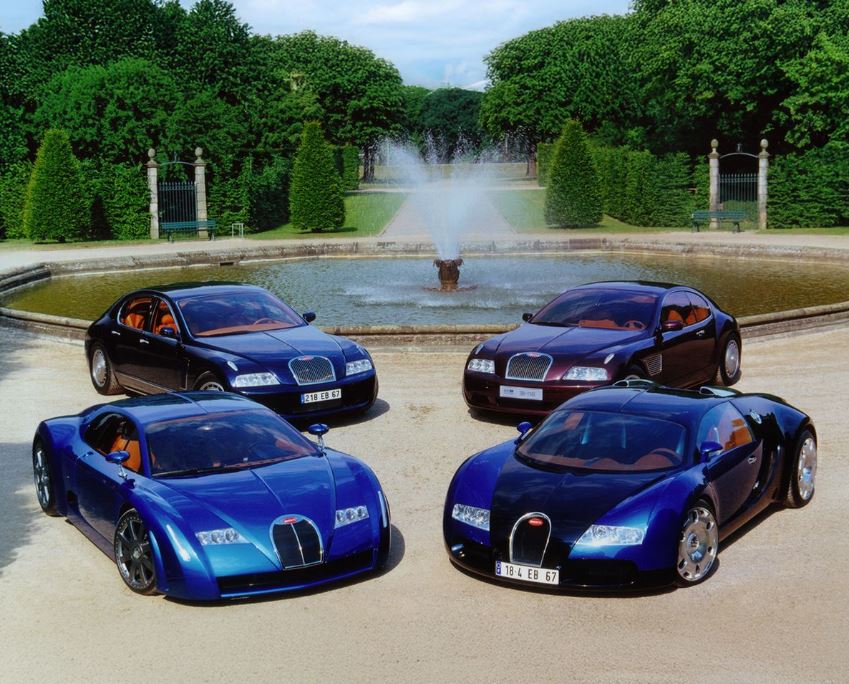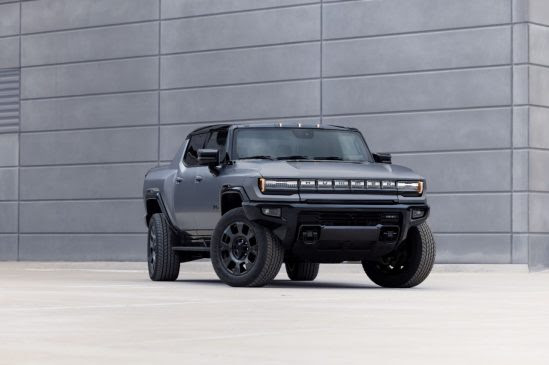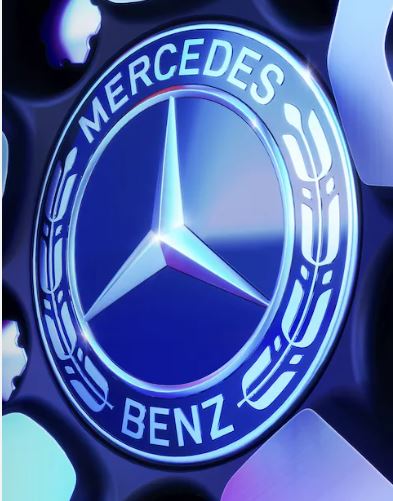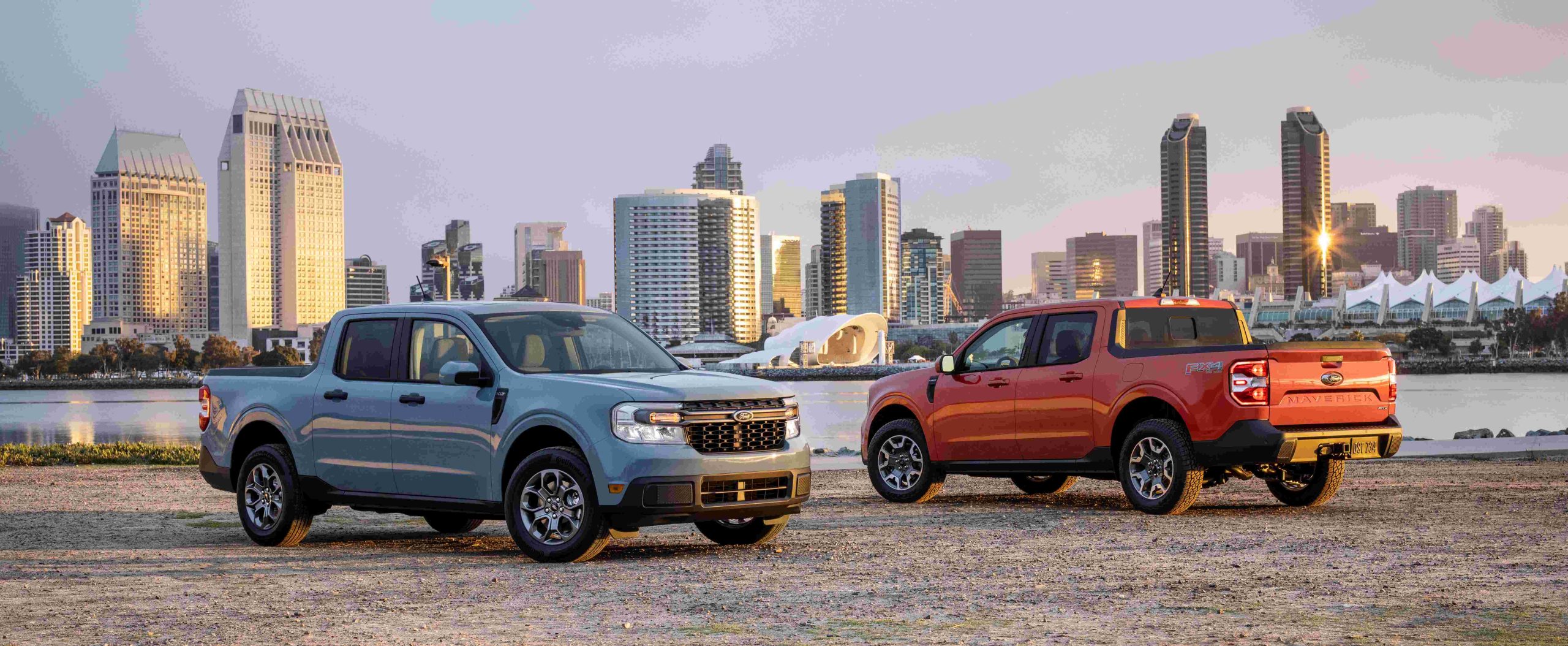Bugatti’s legendary Veyron 16.4, which debuted in 2005, redefined automotive perfection with unprecedented performance and elegance. The path to reality began years ago, with a visionary notion from Ferdinand Piëch, Chairman of Volkswagen Group. In 1997, Piëch envisioned an automobile capable of exceeding 400 km/h while retaining the elegance and comfort of a Bugatti. This ambition began with a drawing of a W18 engine, which served as the cornerstone for Bugatti’s resurrection after Volkswagen purchased the company in 1998.
The first idea, the EB 118, appeared in 1998 and included a 555-horsepower W18 engine. A year later, the EB 218 luxury saloon demonstrated Bugatti’s ability to combine performance and elegance. However, the genuine transition occurred with the EB 18/3 Chiron in 1999, which marked a shift toward a mid-engine, high-performance design.
The EB 18/4 Veyron concept from 1999 was the most similar to the final car, but the choice to use a W16 engine was critical for meeting the Veyron’s performance targets of 1,001 PS and speeds of over 400 km/h. The name “Veyron” honors Pierre Veyron, a great Bugatti racer who won the Le Mans race.
Ultimately, the Veyron was the result of years of innovation and design evolution, combining advanced engineering with Bugatti’s prestigious heritage. It wasn’t just a car; it was a revolution in speed and luxury.

